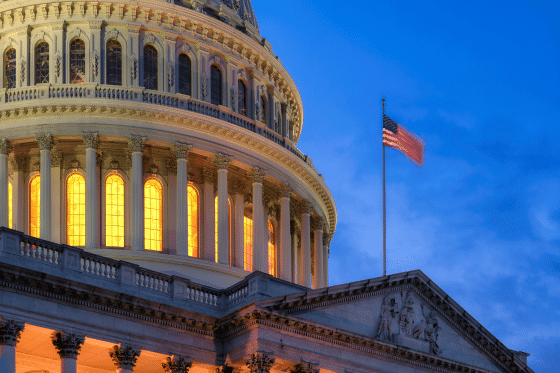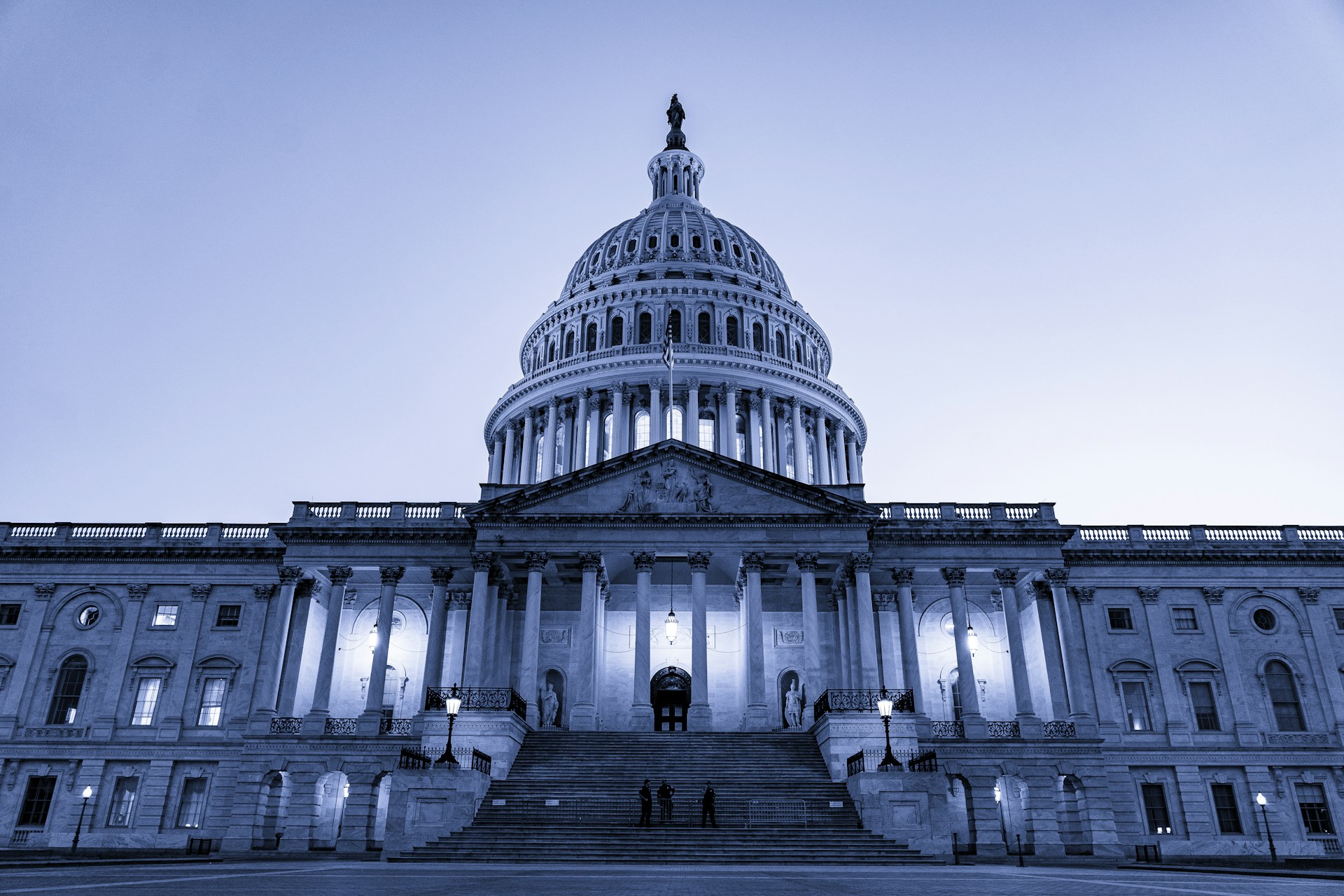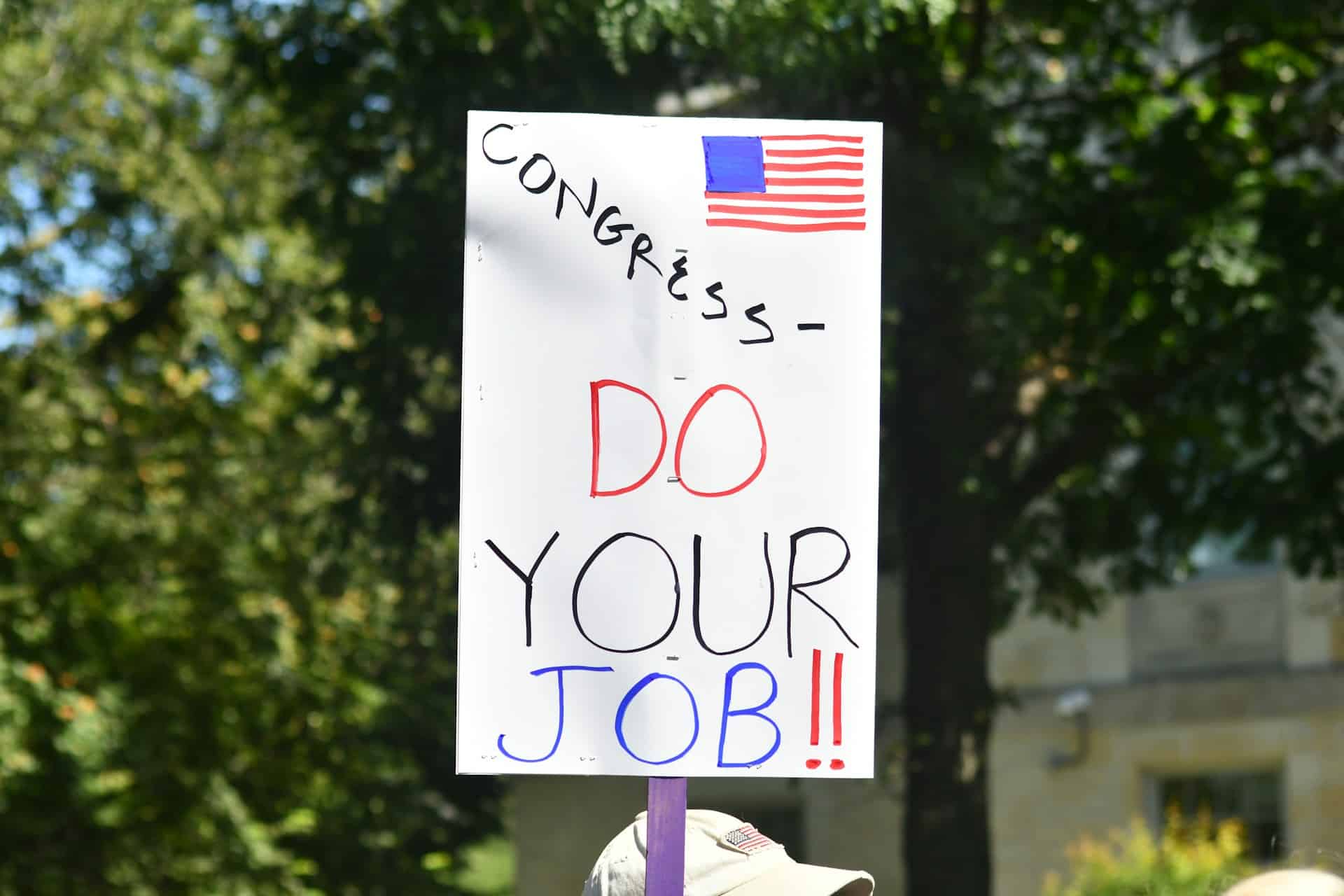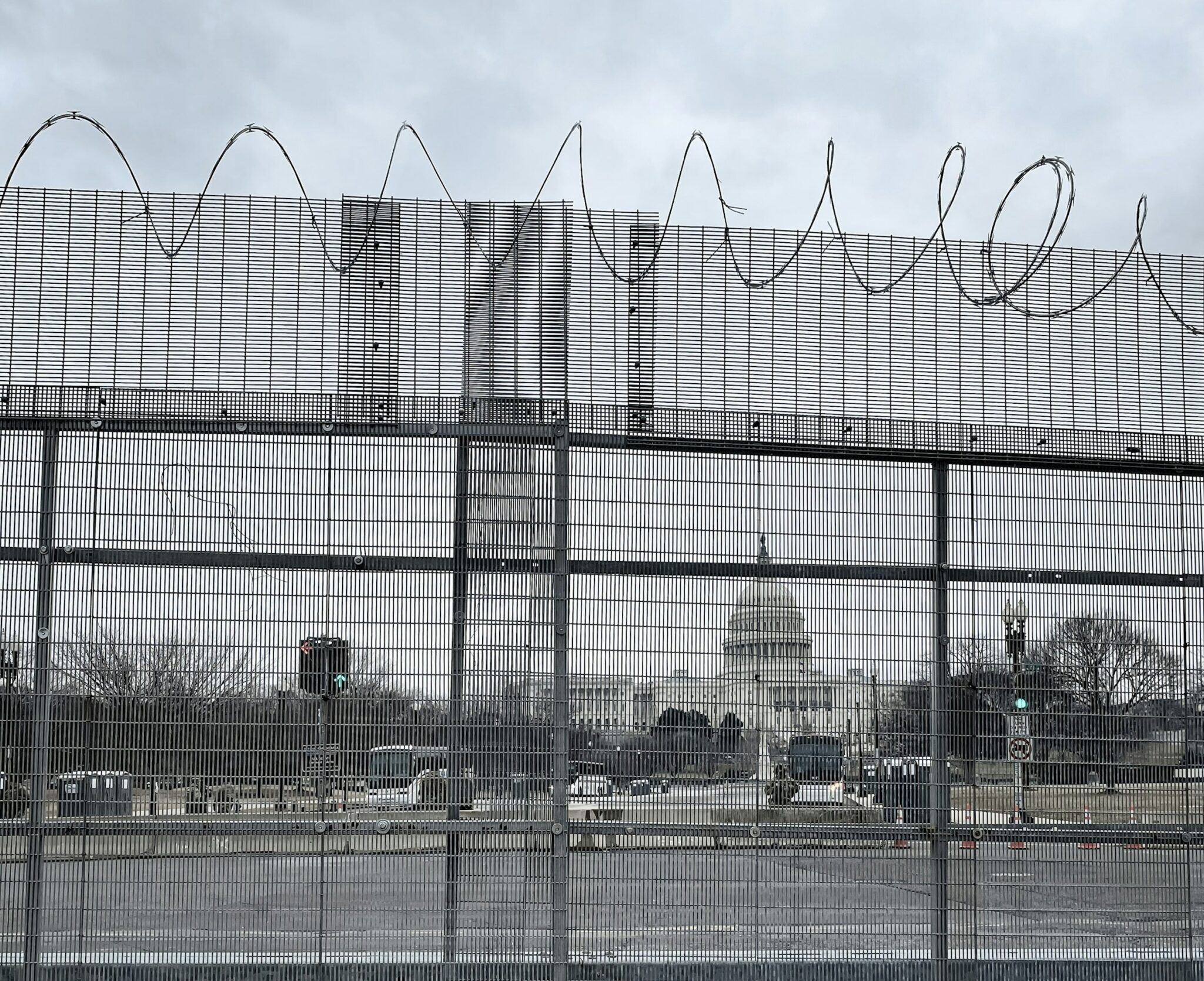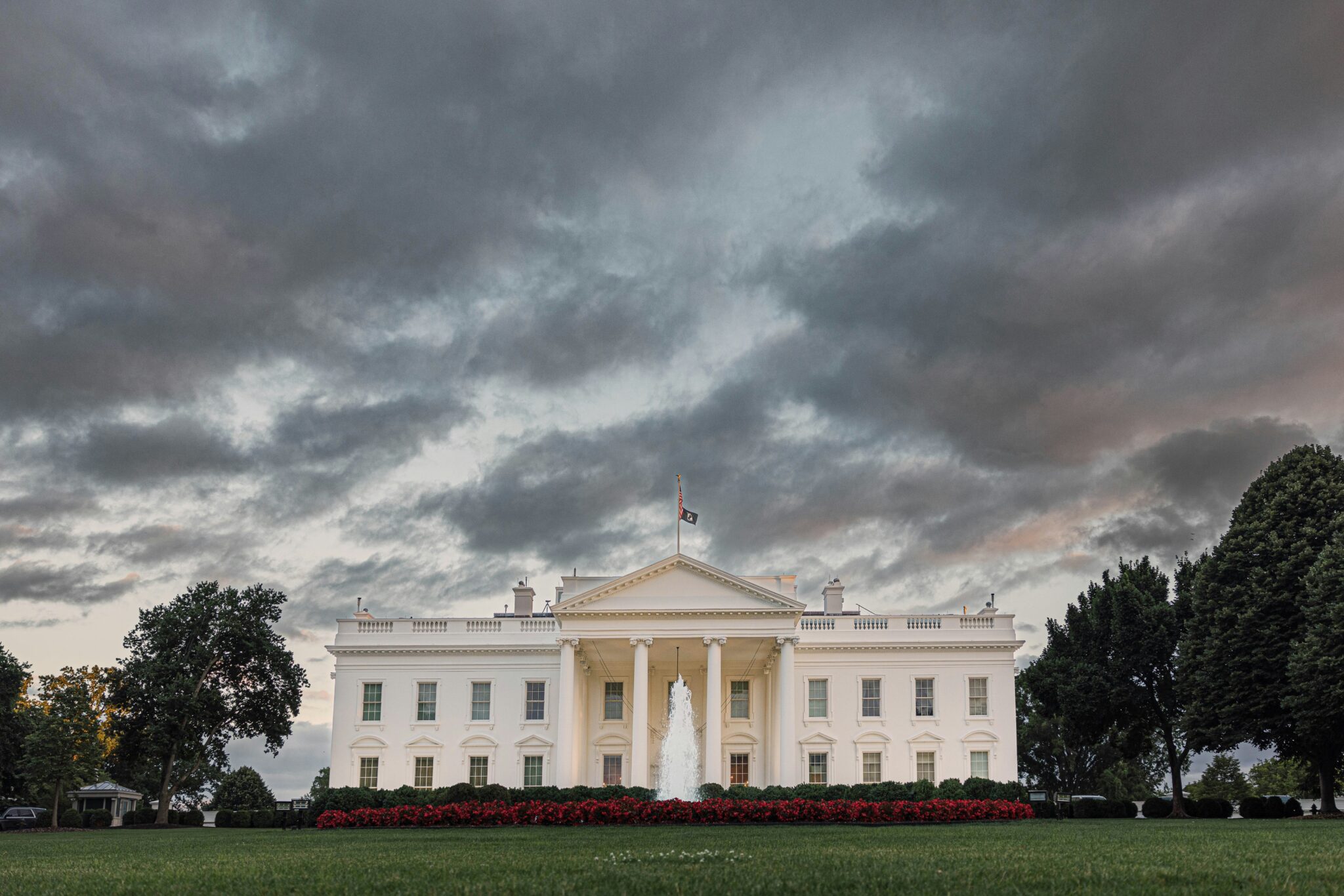Once Congress has received the President’s budget request, the congressional committees with jurisdiction over a given area of the budget can begin crafting authorization bills to authorize spending and set policies for the agencies that fall under their jurisdiction. The Budget Committees of both chambers then must pass a budget resolution that leads to a joint budget resolution that sets the top-line spending levels for the fiscal year.
Then, the Appropriations Committees in both chambers begin crafting appropriations bills to appropriate the money authorized by the authorizing committees, at least in theory. While authorizing bills are meant to give appropriators the authority to appropriate funds at the levels specified in the authorization bills, in practice, they function more like guidelines, and appropriators routinely ignore them.
Once the House and Senate Appropriations Committees pass all 12 appropriations bills out of committee, those bills must be passed on the floor of the House and Senate, and then conferenced by a special bicameral committee tasked with reconciling the differences between the House and Senate bills. Then the conferenced bill must be passed again by both the House and Senate, and the president must sign the bill, for it to become law.
In the increasingly common event that Congress fails to pass all 12 appropriations bills prior to the start of the federal fiscal year (October 1) for which those bills appropriate funds, part or all of the federal government may shut down. Short of passing all 12 appropriations bills before the start of the fiscal year in question, Congress can instead pass a continuing resolution to fund the government at the prior fiscal year’s levels until an agreement is reached on the funding bills for the current fiscal year.

